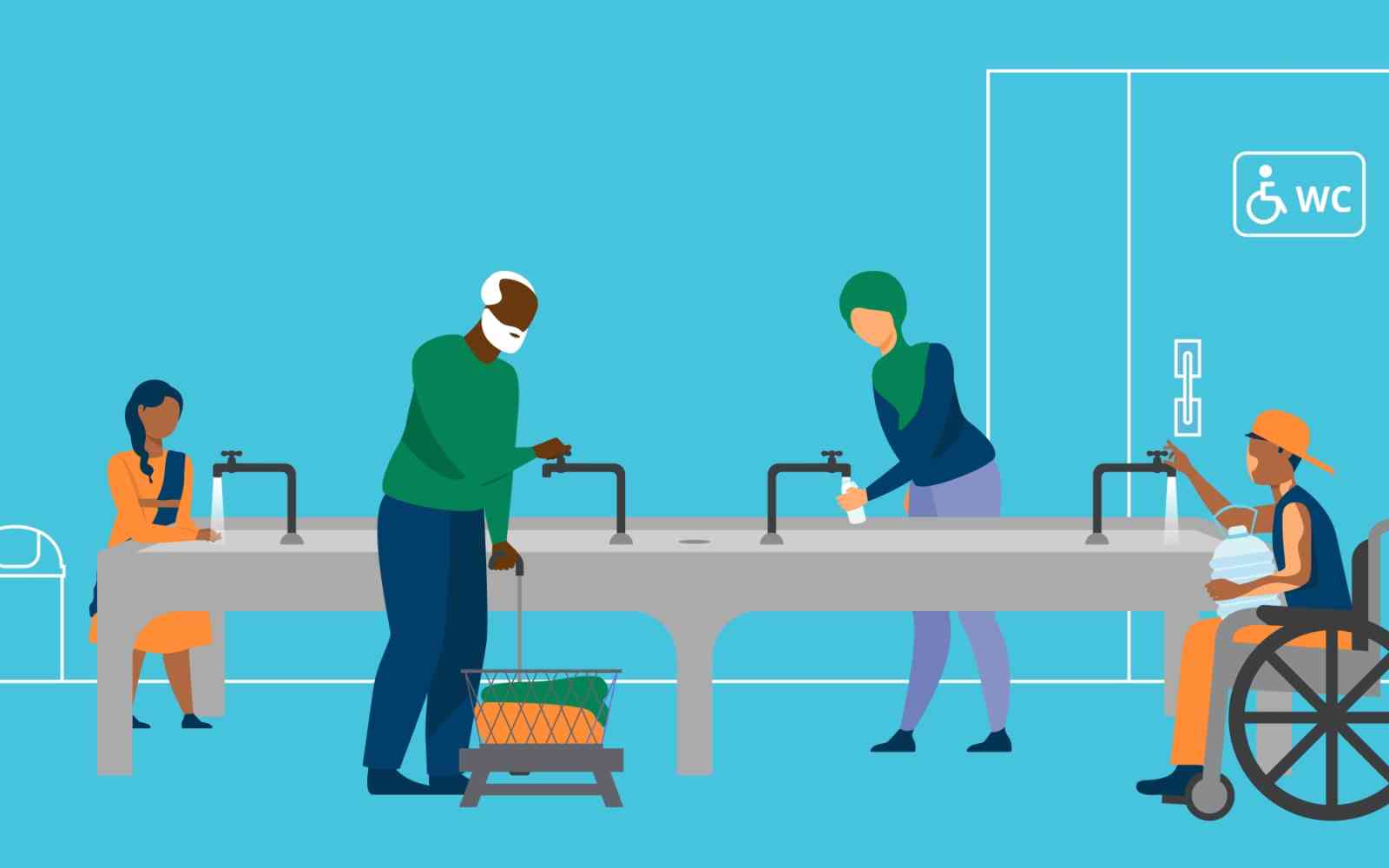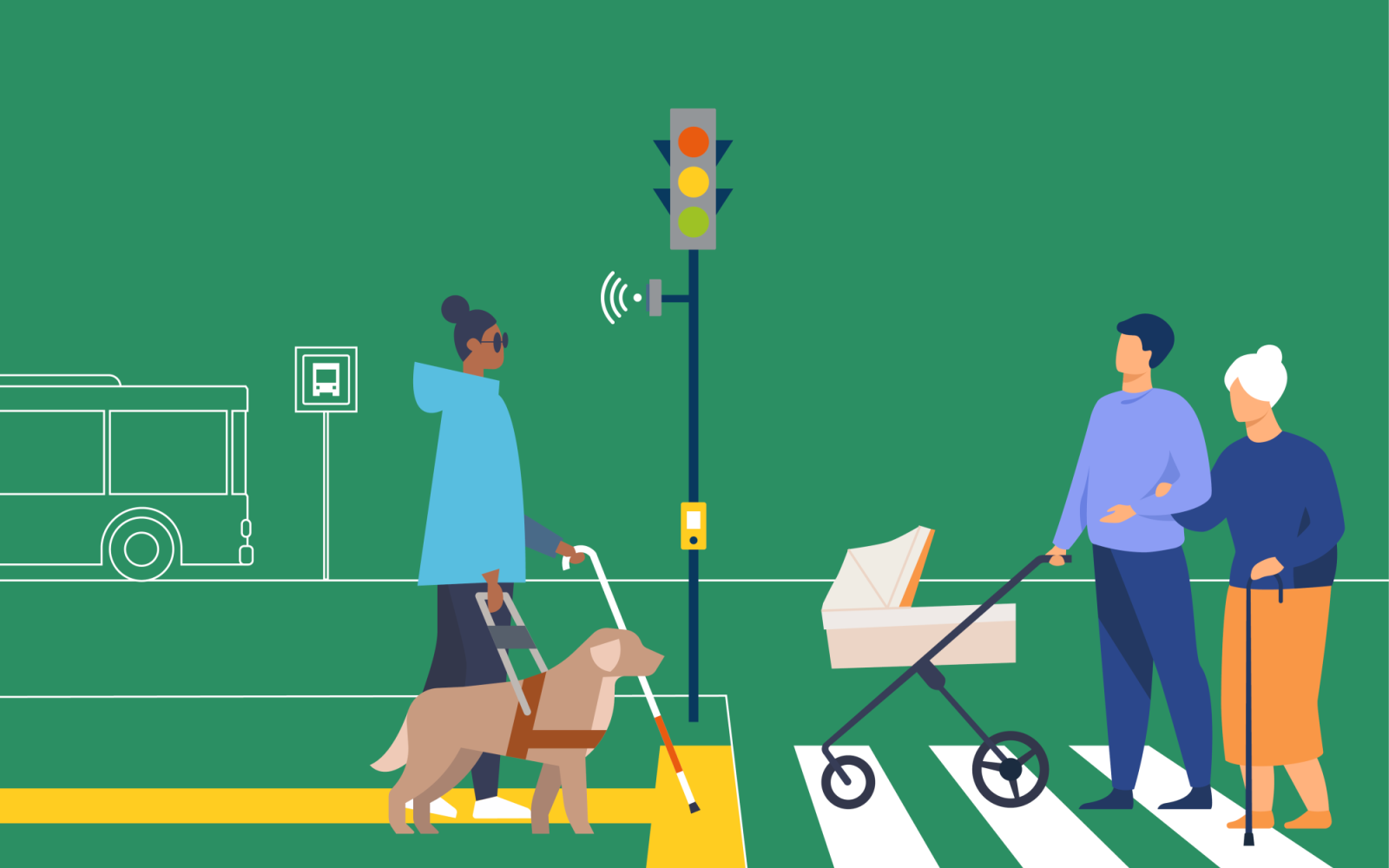The United Nations Office for Project Services (UNOPS)
Good health and well-being for all requires inclusive infrastructure
As global health leaders convene for the 2024 World Health Summit in Berlin, UNOPS, in collaboration with Arup, WaterAid and the African Development Bank, launch new guidance for developing inclusive health infrastructure.
It is estimated that up to $371 billion will be needed each year to achieve the targets of Sustainable Development Goal (SDG) 3 – ensuring healthy lives and promoting well-being for all – by 2030.
Health infrastructure and equipment are critical areas that need to be addressed, including the construction of some 415,000 new health facilities in low- and middle-income countries.
Approximately one billion people worldwide seek healthcare in facilities lacking adequate sanitation, waste management or electricity, highlighting the urgent need for improved healthcare infrastructure.
“A healthcare facility without water, sanitation and hygiene (WASH) is unsafe for staff, caregivers and patients and contributes to millions of preventable healthcare-acquired infections each year,” said Amaka Godfrey, Executive Director, International Programmes at WaterAid.
Accelerating infrastructure development is key to responding to global challenges, but we must ensure that we leave no one behind.
‘Guidance for developing inclusive health infrastructure’ charts a way forward for governments, infrastructure practitioners and other actors to practically implement inclusive approaches to health infrastructure development. With contributions from the World Health Organization and Cities Alliance, it aims to facilitate significant progress towards SDG3. The publication addresses inequalities in access to healthcare due to inadequate infrastructure, including those that were exposed and exacerbated by the COVID-19 pandemic.
“The development of inclusive health infrastructure, particularly in fragile and volatile settings, not only addresses critical health needs but can also be a powerful tool for peacebuilding, resilience and social cohesion,” said Louise Leech, Head of UNOPS Geneva Liaison Office and advisor on health.
The guidance illustrates that inclusive health infrastructure can only be developed through a participatory and integrated approach that leaves no one behind, and highlights approaches to address challenges faced by health infrastructure practitioners.
“These guidelines offer practical solutions to overcome key infrastructure challenges that can prevent the provision of quality, safe and inclusive healthcare services. Ensuring we design and build health facilities that properly considers the needs of all individuals is critical for fostering good health and well-being,” said Steven Crosskey.
Drawing on case studies in Brazil, Malawi, Rwanda, Somalia, Uganda and Zambia, the guidance recommend:
Creating an enabling environment for public-private partnerships to develop inclusive and sustainable health infrastructure
Designing for the dignity and privacy of patients
Ensuring the functionality and inclusiveness of infrastructure systems within health facilities, such as WASH systems
Mainstreaming gender equality, social inclusion and decent work principles in project management, implementation, procurement and asset management of health infrastructure
“Over the coming decades, inclusive health infrastructure will need to be developed at scale especially in less fortunate locations. This guidance is key to deliver assets that consider the comfort, wellbeing and privacy of all users from patients to healthcare and maintenance staff,” said Bill Scrantom, Global Healthcare Business Leader at Arup.
“We are proud to have collaborated on this important publication along with key global healthcare actors such as UNOPS, the WHO, WaterAid and the African Development Bank,” added Bill Scrantom.
“Inclusive WASH is a foundation to the delivery of safe, dignified and quality healthcare for all and is central to WaterAid’s work. We are proud to publish this guidance with UNOPS and partners,“ said Amaka Godfrey.
This publication is the final volume in a series of four publications providing guidance on how to develop inclusive infrastructure, including energy, transport, and water, sanitation and hygiene infrastructure.














